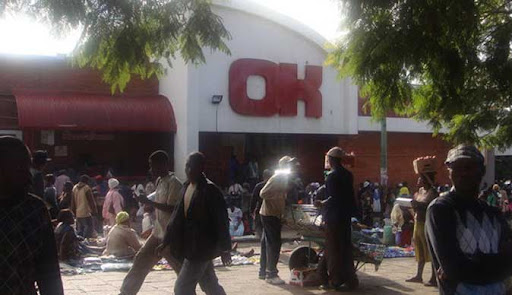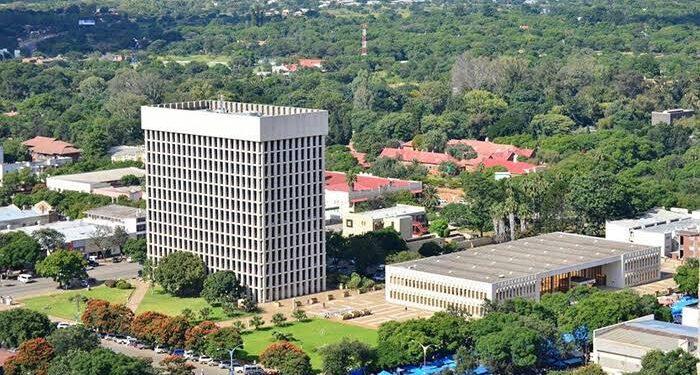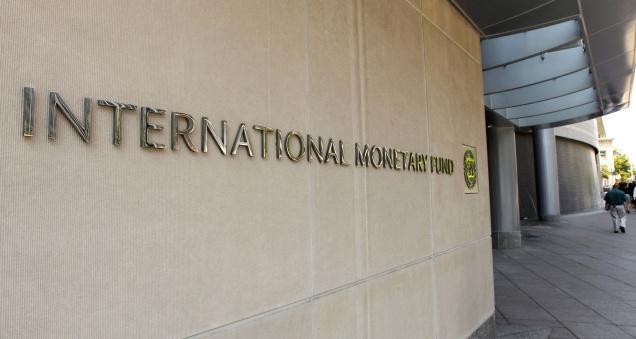Zimbabwe has been ranked among the slowest growing economies in sub-Saharan Africa this year, lagging behind war-ravaged Democratic Republic of Congo and Mozambique, due to lack of sustained economic activity.
According to the International Monetary Fund (IMF)'s 2013 world economic outlook (WEO) report released on Tuesday, the southern African nation is expected to grow by around three percent while the DRC, Mozambique and Zambia are anticipated to register an average six percent growth.
The institution noted that growth in sub-Saharan Africa remained robust in 2012–13 and is expected to accelerate somewhat in 2014, "reflecting strong domestic demand in most of the region".
"Nevertheless, spill-overs from sluggish external demand, reversal of capital flows, and declines in commodity prices are contributing to somewhat weaker growth prospects in many countries relative to the April 2013 WEO," said IMF.
The Bretton-Woods institution stated that growth in sub-Sahara Africa would be helped largely by rising private investment and remittances which is now worth $33 billion annually, supporting household incomes.
It said strong government investments and higher production in the mineral resources, agriculture and service sectors are supporting the bulk of the economic growth.
The slowdown in Zimbabwe's economic growth comes on the back of government recently revising downwards this year's gross domestic product growth rate from an envisaged five percent to 3,4 percent as a result of stagnation in the economy.
Zimbabwe's economy - which grew by an annual average of seven percent between in 2009 and 2012- is declining quickly due to clogged external credit lines, high financial and electricity costs and water shortages among others.
Last week, the Confederation of Zimbabwe Industries (CZI) raised a red flag on the country's deteriorating economic conditions, highlighting that the manufacturing industry's capacity utilisation had declined significantly from 44,2 percent to 39,6 percent in the year to September 2013.
Charles Msipa, the CZI president, said capacity utilisation was reducing, in some accounts by alarming margins, pointing to downstream effects such as underemployment, retrenchments and reduced activity of the domestic economy.
"Stagnation has condemned the fortunes of business and choked operations for a significant number of companies.
"Indications are that tertiary institutions have to make bigger strides towards adjusting curricula, and assisting in diversifying industry's technology," he said.
Msipa noted that the decline in manufacturing industry was characterised by dry working capital environments, lack of demand and effects of cross elasticity caused by imports.
"The cost of labour has dented meagre profits, forcing retrenchments that are adding to a depressingly large pool of unemployment.
"It is no pleasant sight, indeed the matters in industry need immediate address," he added.
The CZI 2013 manufacturing survey noted that the worst performing manufacturing sub-sector, leather and allied products, for 2013 is operating at capacity utilisation of as low as 11,3 percent while the best performing sub-sector, bakery, is operating at 82,5 percent.
Pharmaceuticals also dropped significantly to 20 percent capacity utilisation in 2013 from 58 percent last year.
- dailynews
 OK Zimbabwe posts US$17,8 million loss
OK Zimbabwe posts US$17,8 million loss  Hichilema meets Chivayo
Hichilema meets Chivayo  Millions celebrate Diwali festival in India
Millions celebrate Diwali festival in India  Econet Zimbabwe to delist from ZSE
Econet Zimbabwe to delist from ZSE  Gold edges up as traders await guidance
Gold edges up as traders await guidance  Mnangagwa fires Chitando, appoints Polite Kambamura
Mnangagwa fires Chitando, appoints Polite Kambamura  Young Investment Professional (YIP) Graduate Programme 2019
Young Investment Professional (YIP) Graduate Programme 2019 











 Young Investment Professional (YIP) Graduate Programme 2019
Young Investment Professional (YIP) Graduate Programme 2019
Editor's Pick